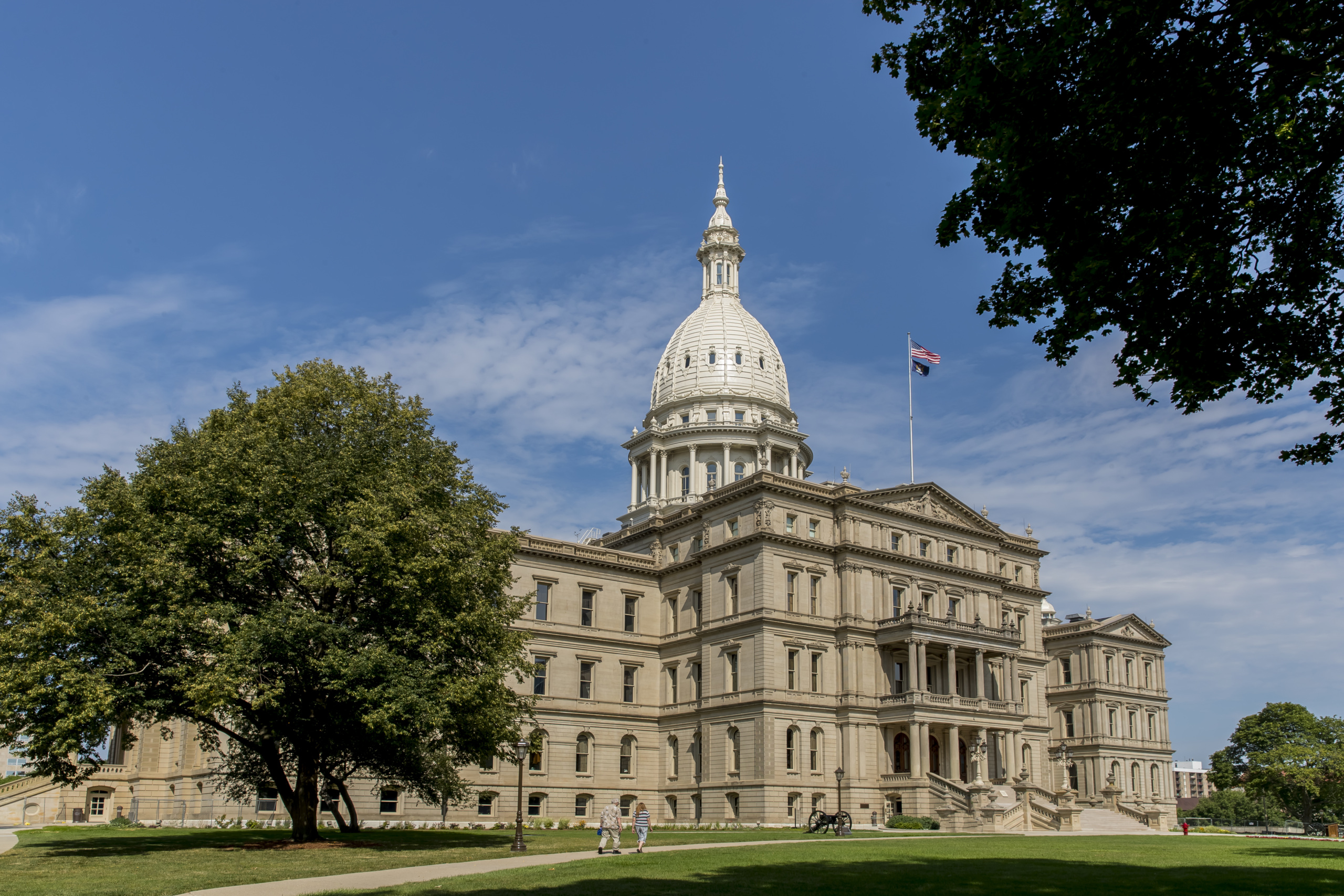
Environment Michigan’s Program Agenda for 2024
Environment Michigan is a policy and action group with one mission: to restore and protect the natural world.
If we want a greener, healthier world we need to protect our rivers, lakes and streams.
Clean water is vital to ecosystems, to our health, and our quality of life. But too many of our rivers, lakes and streams are vulnerable to pollution. This pollution, along with outdated infrastructure – like lead pipes in our schools – puts our health at risk. We need to work together to protect our waters.
Environment Michigan is a policy and action group with one mission: to restore and protect the natural world.
Environment America, its state groups celebrate national, state, local victories for the public interest
On Wednesday, experts from PIRG, Environment America and Southern Environmental Law Center discussed what states can do to stop contamination of PFAS from industrial sources.
Gov. Gretchen Whitmer signed a trio of bills that will require Michigan schools and child care centers to install water stations with filters certified to remove lead.
The Atlantic hurricane season lasts from June 1 through November 30. This resource guide can help members of the media cover it more thoroughly and accurately.
